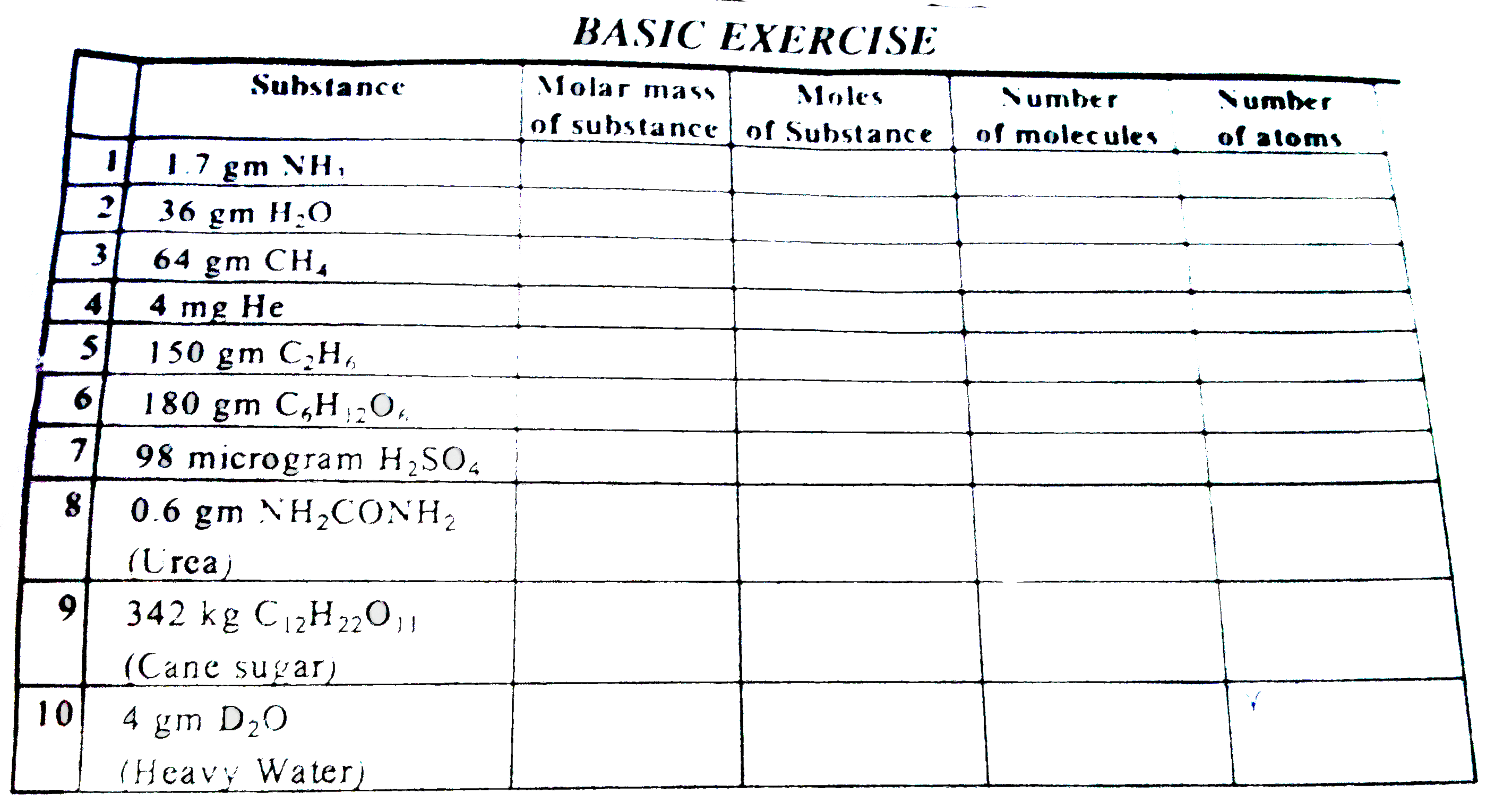A Solid contains 5×1021 number of atoms. If an electron is removed from each of 0.01% of number of atoms, find the charge gained by this solid?
To solve the problem step by step, we will follow these calculations:
Step 1: Calculate the number of atoms from which electrons are removed.
Given that the total number of atoms in the solid is 5×1021 and electrons are removed from 0.01% of these atoms.
Number of atoms from which electrons are removed=0.01% of 5×1021
First, convert 0.01% to a decimal:
0.01%=0.01100=0.0001
Now, calculate the number of atoms:
Number of atoms=0.0001×5×1021=5×1017
Step 2: Calculate the total charge gained by the solid.
The charge of one electron is approximately −1.6×10−19 coulombs. When an electron is removed, the solid gains a positive charge equal to the charge of the electron.
Now, we can find the total charge gained by the solid:
Total charge=Number of electrons removed×Charge of one electron
Substituting the values:
Total charge=5×1017×(−1.6×10−19)
Calculating this gives:
Total charge=−8×10−2 coulombs
Step 3: Determine the charge gained by the solid.
Since the solid gains a positive charge when electrons are removed, we take the opposite sign of the total charge calculated:
Charge gained by the solid=+8×10−2 coulombs=+0.08 coulombs
Final Answer:
The charge gained by the solid is +0.08 coulombs.
---
Given that the total number of atoms in the solid is 5×1021 and electrons are removed from 0.01% of these atoms.
The charge of one electron is approximately −1.6×10−19 coulombs. When an electron is removed, the solid gains a positive charge equal to the charge of the electron.
Since the solid gains a positive charge when electrons are removed, we take the opposite sign of the total charge calculated:
The charge gained by the solid is +0.08 coulombs.
Topper's Solved these Questions
- ELECTRIC CHARGES AND FIELDSBook:AAKASH SERIESChapter:ELECTRIC CHARGES AND FIELDSExercise:Assess Your Self
Explore 13 Videos
- ELECTRIC CHARGES AND FIELDSBook:AAKASH SERIESChapter:ELECTRIC CHARGES AND FIELDSExercise:Exercise-I
Explore 80 Videos
- DUAL NATURE OF RADIATION AND MATTERBook:AAKASH SERIESChapter:DUAL NATURE OF RADIATION AND MATTERExercise:PRACTICE EXERCISEX
Explore 42 Videos
- ELECTRIC FIELD AND POTENTIALBook:AAKASH SERIESChapter:ELECTRIC FIELD AND POTENTIALExercise:PROBLEMS (LEVEL-II)
Explore 26 Videos
Similar Questions
Knowledge Check
If an object of mass 1 kg contains 4×1020 atoms. If one electron is removed from every atom of the solid, the charge gained by the solid in 1 g is
A2.8 CB6.4×10−2CC3.6×10−3CD9.2×10−4CThe number of lone pair of electrons on each atom of oxygen molecule is
A1B2C3Dnil
How many electrons must be removed from a piece of metal to give it a positive charge of 1.0×10−7C
View SolutionFind the number of electron that should be removed from a coin so that it acquires a charge of 10−6coulomb
View SolutionCalculate the number of atoms in 0.5 mole atoms of nitrogen.
View SolutionCalculate number of atoms in 0.5 mole of oxygen atoms.
View SolutionHow many electrons with l=2 are there in an atom having atomic number 21 ?
View SolutionIf number of electrons in an atom is 8 and number of protons is also 8, then (i) what is the atomic number of the atom? and (ii) what is the charge on the atoms ?
View Solution


